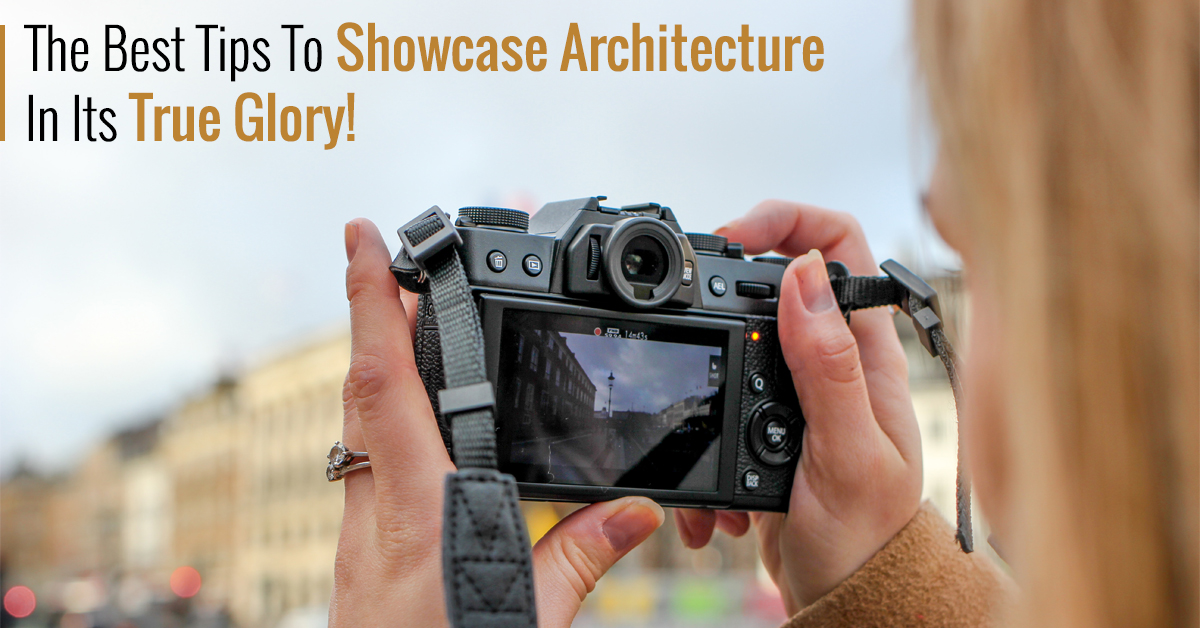
In this digital era, the single most important form of content for businesses is visual images. It is the best way to promptly grab the attention of home buyers or real estate owners. But, it is not always easy to capture the architecture in all its glory.
Be it a suburban home or contemporary skyscraper, architecture photography has always has its own set of challenges. Capturing buildings is tricky. Every edifice has a different structure. In terms of architecture, it is quite difficult to get two structures that are alike. Similarly, no two angles give you the same shot.
Therefore, architectural photographers have to make strategies and experiment with ideas for every individual building to bring out its best aspects. After a certain period of shooting architecture, photographers run out of new concepts and inspiration. This creative block restricts them to get perfect shots that highlight the property at its best.
In this blog, we are going to discuss in brief –
- What is architectural photography?
- The types of architectural photography.
- How you can get innovative shots for every project that you shoot?
Architectural Photography – A Brief
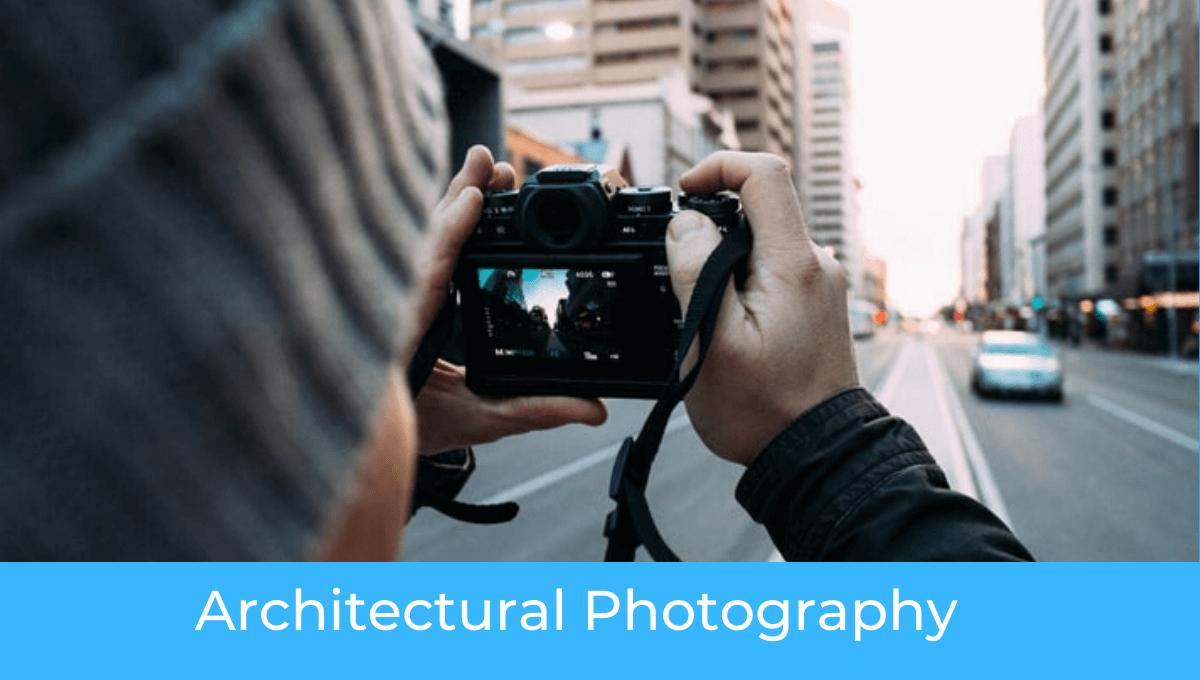
Architectural photography revolves around buildings, monuments, construction, interiors, and decor. Photographers travel around the world to capture the varied architectural styles. The primary aim is to document the art of these man-made structures. Besides, it showcases the aesthetics of real estates to impress home buyers and realtors.
Architectural photography is quite challenging. To get that perfect shot, photographers have to spend a significant amount of time. The quality of the image largely depends on the weather, environment, timing, and angle. You have to strategize for shots keeping all these factors in mind.
If by any chance, photographers get images that lack clarity or have distractions, they rely on architectural photo editing. Post-processing works on the flaws of architectural images so that the audience can get a glimpse of the details.
The Two Photography Styles To Ace The Game Of Showcasing Architecture
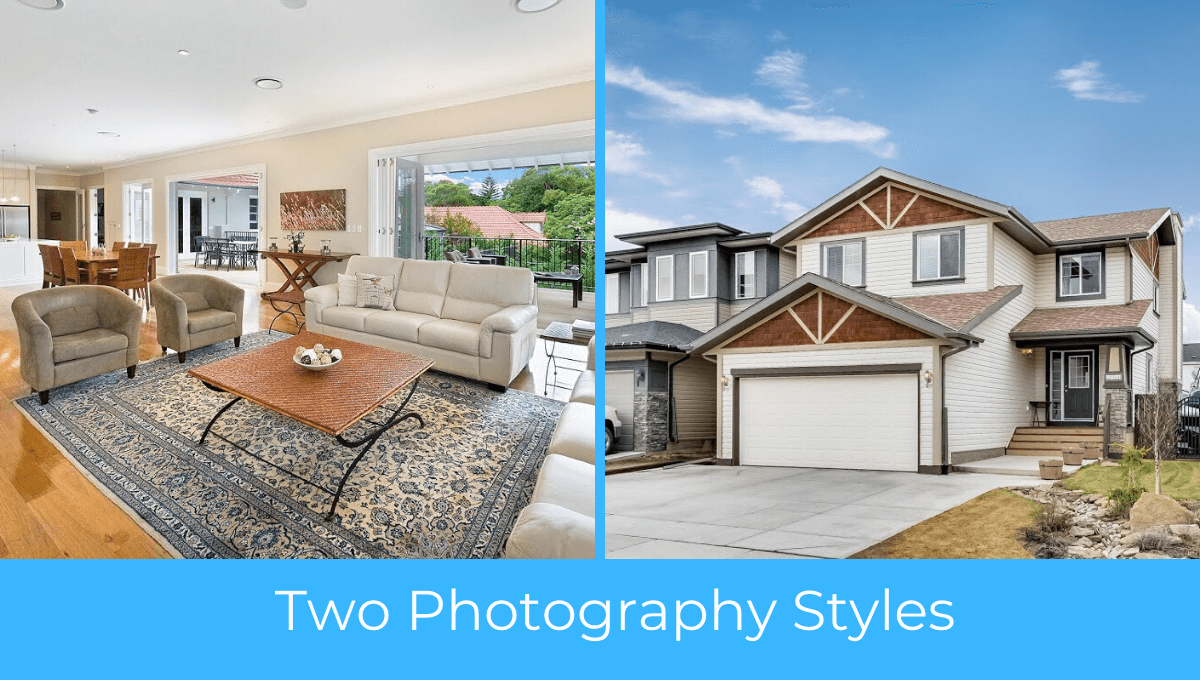
Architectural photography can be categorized as interior and exterior. And, the names pretty much are self-explanatory. While interior architecture photography is all about interiors of the edifices, exterior photography covers the outer layers of the buildings. The difference lies in the way these two styles develop the images.
Photographers find exterior photography easier than the interior. In all honesty, both have their challenges. For exteriors, you have natural light during the day which is a boon for you. However, varying weather conditions may result in low light conditions making it hard for you to get that perfect shot. During the night, ambient light may come to your rescue, like moonlight, street lights, etc. But for better clarity, proper lighting is a must.
Interiors are often difficult to capture due to the low availability of natural light. Skylight coming through the windows or other openings in the building is not enough. It results in unnecessary shadows and highlights. If the windowpanes are tinted, it will affect the image. Such lightings give varying images. Thus, additional lights and proper setting become imperative for having accurate and clear architectural images.
Photographers are often short of time to accomplish shoots due to the client’s urgent requirements or too many projects in the pipeline. The lack of time compels them to click images even in dull weather conditions. This leads to low-quality images..
In such scenarios, interior and exterior architectural photo editing is one alternative. It helps to bring a perfect balance of lighting and color contrast in the images. In this process, experienced photo editors work on the exposure level, color correction, and saturation levels to bring out the very best in your architectural images.
Some Tips To Retain The Architectural Glory In Images
1. Follow The Minimalistic Approach
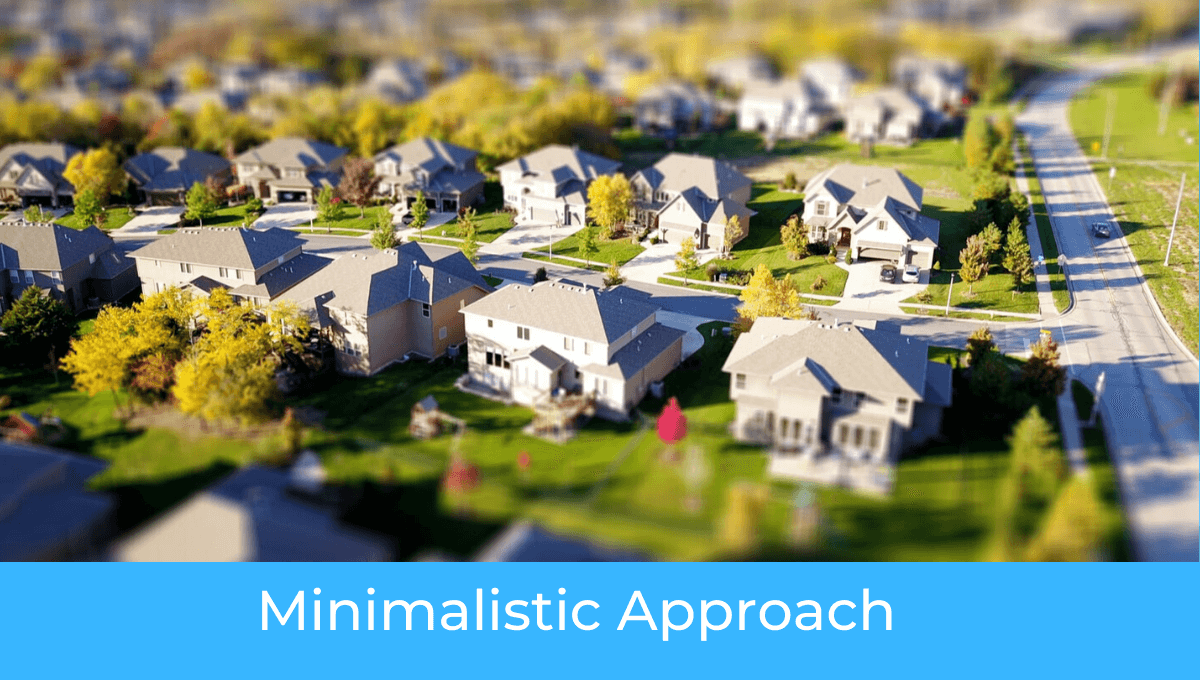
“According to a new study from Microsoft Corp., people now generally lose concentration after eight seconds, highlighting the effects of an increasingly digitalized lifestyle on the brain.”
The decreasing attention span makes it all the more difficult for you to impress your audience online. Minimalism works best in this case. It allows you to deliver only what is relevant to the audience.
An image having unnecessary objects leave the audience confused and divert their attention. In architectural photography, edifices are the only thing that matters to the audience. Therefore, when showcasing a subject, it is a good idea to eliminate every irrelevant element from the images. Using centered composition, aim for only the building, excluding every object from the background.
2. Leverage Lights And Shadows For Interiors
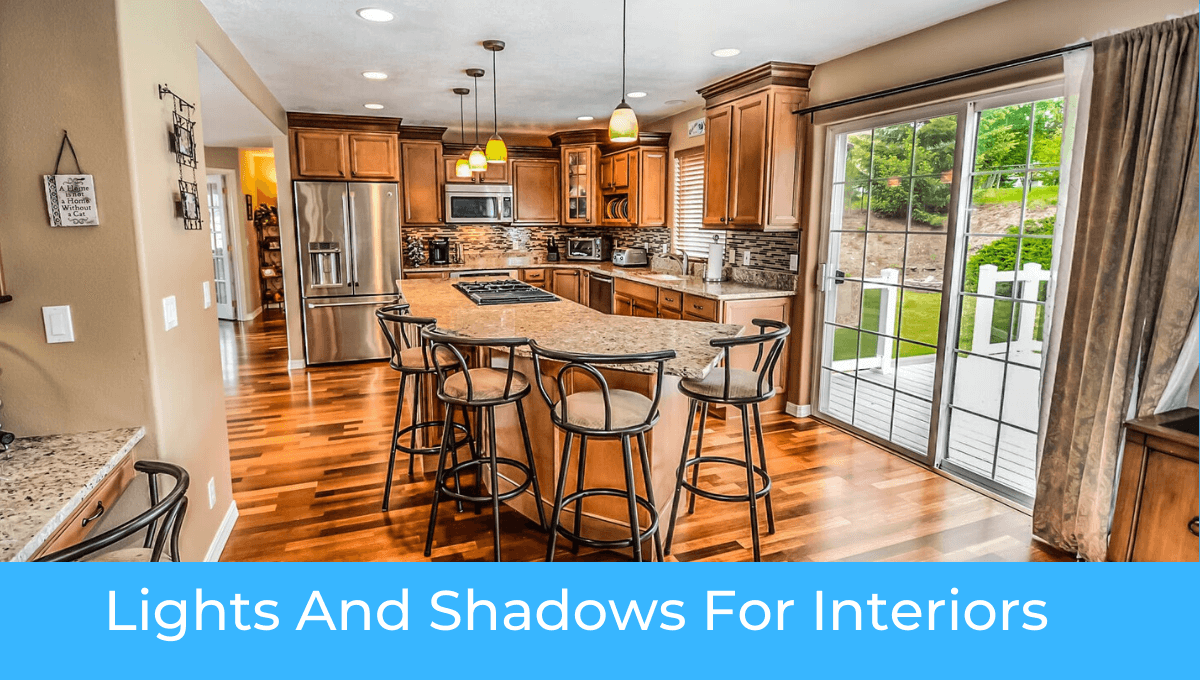
If shooting buildings gets boring for you due to the creative block, following this tip can help a lot. A well-structured building will surely have intriguing interiors. To capture them leverage windows or areas where you can have skylight entering through. Such areas usually cast some enthralling shadows.
You can play around to identify a good angle. Observe carefully, these shadows may have some intriguing geometrical patterns which you can showcase in the images. When playing with light, consider the lighting ratio to determine high-key and low-key images. Use low key lighting to define shadows and highlight silhouettes of the subject.
3. Architectural Photo Editing
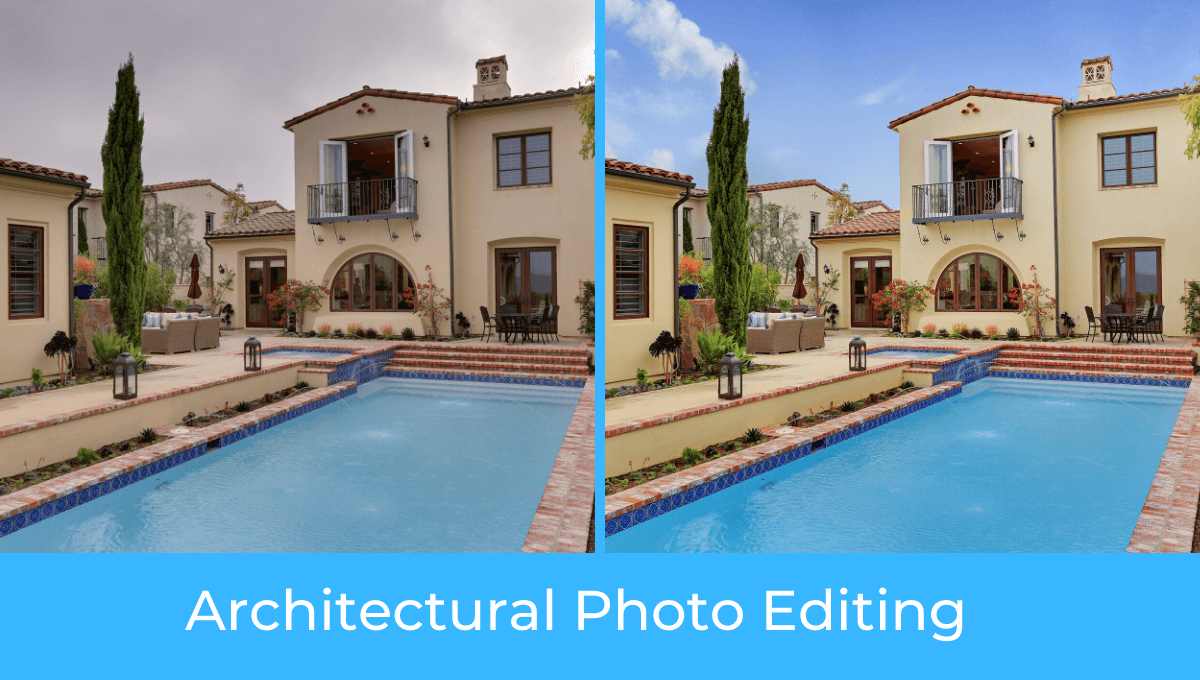
In the field of architectural photography, you are halfway to remarkable images if you:
- Identify the right angle
- Shoot in RAW
- Use low ISO
- Leverage architectural editing tools
Post-processing has become a standard practice to tweak images. Architectural photo editing is a must to bestow that magnificent outlook to images. Besides, it helps to eliminate the irrelevancies or flaws that manage to creep in even after following the right approach. Some of the most effective techniques used to improve the architectural photos are:
- Exposure Blending
- Image Masking
- Color Cast Removal
- Perspective Correction
- Still Image Enhancement
- HDR Image Blending
- Interior And Exterior Photo Editing
These techniques ensure that the images are free from any distraction that can lower the magnificence of an edifice.
I hope you find these tips as a useful resource for improving your architectural photography.
Seeking some advice for specific architectural shots or need a consultation on architectural photo editing? Drop an email to info@photozworld.com and get architectural photo editing experts to answer all your queries.

